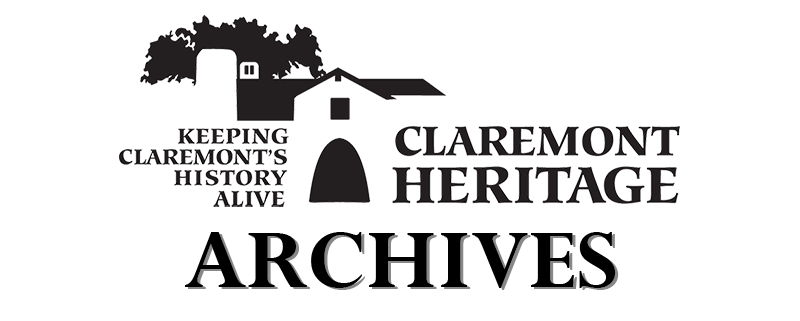A History of Claremont in 100 Objects: Philco Television-Mary Garner Hirsch Collection

A History of Claremont in 100 Objects: Philco Television-Mary Garner Hirsch Collection #3 "Philco Television Cabinet" Artifact Description: Philco Model 50-T1478 Television and cabinet with record player and radio set, part of the Mary Garner Hirsch Collection This Philco TV cabinet from 1950 is an icon of the Mid-Century American home. As early as the 1960s, most American households had at least one television. The advent of television represented new and evolving forms of entertainment, and of the dissemination of information. In the Garner House, this TV is set in the living room, as it may have been in the late 40s or early 50s. Sitting across from a radio cabinet and below the Garner’s music balcony, three separate eras of entertainment and leisure come together visually to show both technological and cultural progression. The Garner family's Philco 50-T1478 television cabinet Like the Viewmaster discussed in our previous blog, the television was a new mode for th

